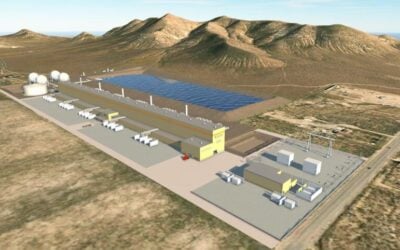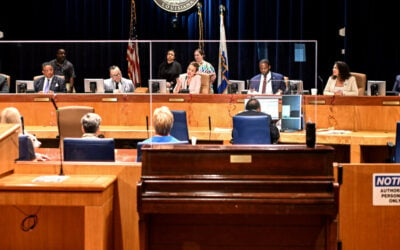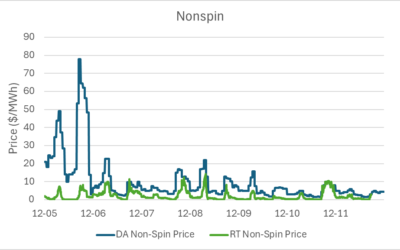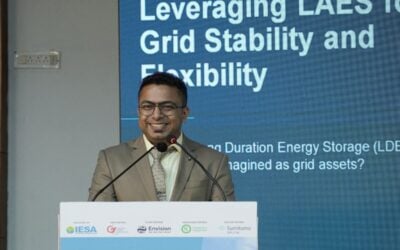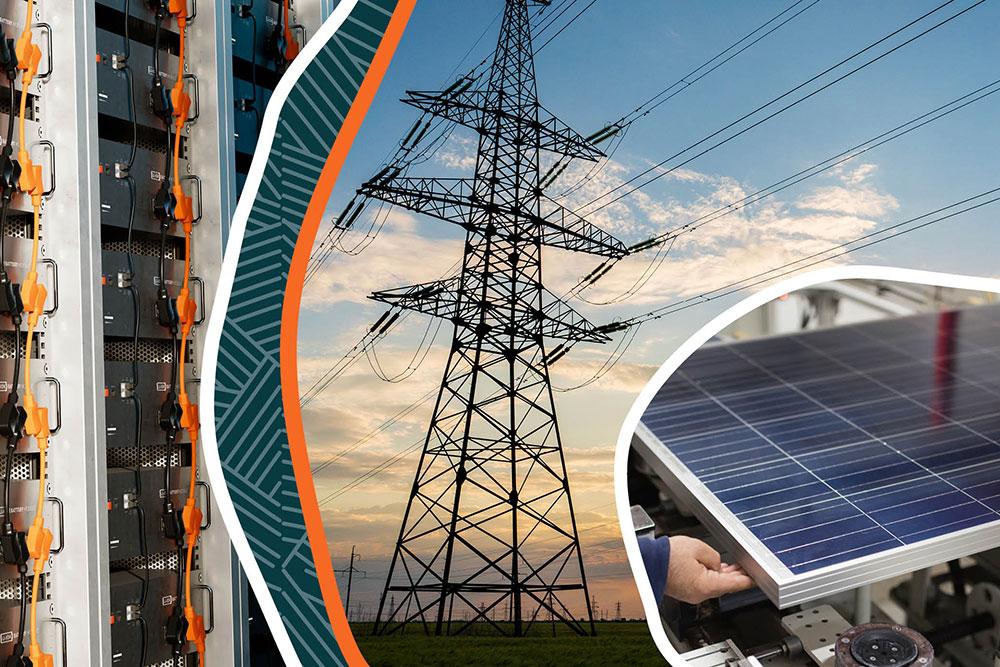
Australia’s Department of Climate Change, Energy, the Environment and Water (DCCEEW) has announced plans to streamline its renewables and storage Capacity Investment Scheme (CIS) by transitioning to a one-stage process.
The plan to streamline the CIS initiative was first announced by Australia’s minister for climate change and energy, Chris Bowen, who said last month that transitioning to a one-stage process could help reduce tender outcome waiting times from nine to six months.
The DCCEEW emphasised that delivering tenders faster under the one-stage process will provide proponents with earlier certainty of outcomes. Concluding tenders within six months will also help avoid overlapping tender rounds, ensuring proponents receive notifications before new rounds for the same technology commence.
Previously, CIS tenders in Australia involved two separate stages: project bids (Stage A) and financial bids (Stage B).
Try Premium for just $1
- Full premium access for the first month at only $1
- Converts to an annual rate after 30 days unless cancelled
- Cancel anytime during the trial period
Premium Benefits
- Expert industry analysis and interviews
- Digital access to PV Tech Power journal
- Exclusive event discounts
Or get the full Premium subscription right away
Or continue reading this article for free
Under the new system, proponents will submit all aspects of their bid, including financial details, in a single submission. Proponents will have six to eight weeks to prepare and submit their bids.
Once submitted, AEMO Services will conduct an eligibility and merit assessment. Non-compliant bids will be excluded early in the process, while eligible bids will undergo a full merit assessment, due diligence checks, and final recommendations to the Australian government for CIS support.
Refined merit criteria for the Capacity Investment Scheme
The move to a single-stage process also involves consolidating the merit criteria. While the key elements of the assessment remain consistent, they have been restructured to align with the new process.
Proponents will still need to address critical areas such as financial value, system benefits, and community engagement.
The proposed merit criteria for CIS Tender 5 in Australia include financial value, system reliability, system benefits, project deliverability and timeline, organisational, resource, and financing capability, revenue strategy, First Nations participation and benefits sharing, and social outcomes and community benefit sharing.
These criteria are expected to remain largely consistent across future tenders, with minor adjustments to suit specific technologies or target markets. Assessment weightings will be detailed in the tender guidelines.
The changes aim to help proponents bring projects to market faster by reducing timelines and simplifying participation, supporting Australia’s transition to a cleaner, more reliable energy system.
Additional information can be found on the DCCEEW’s dedicated Capacity Investment Scheme webpage.
Upcoming CIS tenders in 2025
The DCCEEW has announced plans to run four Capacity Investment Scheme tenders by the end of 2025.
These will be for the National Electricity Market (NEM), which spans Australia’s eastern and southern coasts and Tasmania, and the Wholesale Electricity Market (WEM), which covers Western Australia. The tenders will be evenly split between the two markets, with each set to have a generation and dispatchable tender.
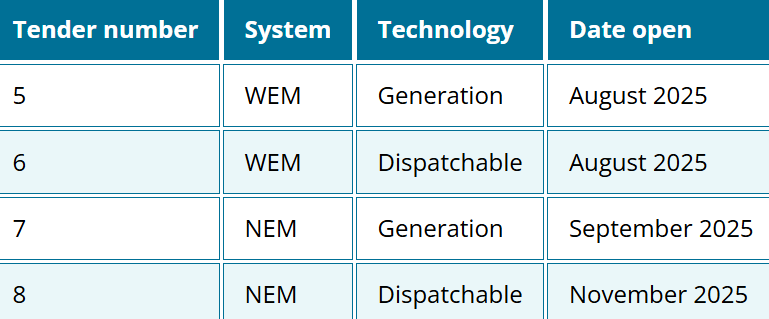
Tenders 5 and 6, specific to the WEM, will begin in August 2025. Tenders 7 and 8, for the NEM, will commence in September and November, respectively.
It is worth noting that a consultation on the design of the CIS tender in the WEM ran earlier this year, and the feedback will guide future rounds.
Consultation on Aggregated Resources in the Capacity Investment Scheme
In parallel, the DCCEEW has opened a consultation on the potential inclusion of Aggregated Resources (ARs) in the Capacity Investment Scheme.
This consultation explores how smaller energy projects and technologies can contribute to Australia’s renewable energy goals and the NEM.
ARs include smaller-scale projects such as small-scale solar and wind farms, distribution-connected batteries and community batteries (less than 5MW), and virtual power plants (VPPs) integrating rooftop solar and residential battery energy storage systems (BESS).
The DCCEEW highlights that ARs represent a significant opportunity to diversify Australia’s renewable energy portfolio. By aggregating smaller projects, ARs can provide flexibility, enhance grid stability, and support local communities.
However, challenges such as the complexity of eligibility and merit criteria remain, and the consultation seeks to address these barriers to ensure ARs can compete fairly with larger-scale projects.
Stakeholders, including energy developers, community groups, and the general public, are encouraged to provide feedback. Submissions can be made via the government’s Consultation Hub by 5 August at 17:00 AEST.
Our publisher, Solar Media, will host the Battery Asset Management Summit Australia 2025 on 26-27 August in Sydney. You can get 20% off your ticket using the code ESN20 at checkout.

